Land use emissions from drained grassland on peat soils could be 60% lower than previous estimates the sector is currently working off, Teagasc has found.
Teagasc maintains its findings offer the first “reliable” evidence of the drainage status of Ireland’s peat soils.
Previous models assumed that all 335,000ha of the country’s grasslands on peat soils are drained, but this was found to be “highly uncertain”.
Teagasc’s analysis put the area of drained peat grasslands between 90,000ha and 120,000ha after combining decades of historical data with more recent figures.
'No concrete evidence'
The 335,000ha peat drainage estimate relies on drainage, land classification and emissions assumptions which may have no concrete evidence to back the figure up, the research agency stated.
“While large areas of peatland have been transformed from their natural state to grassland agriculture, there is no evidence to support that effective drainage ever occurred on as much land as previously assumed,” according to Dr Pat Tuohy of Teagasc.
“The drainage status of all grassland peat soils requires further investigation.”
Emissions target
Teagasc’s findings could have major implications for ongoing discussions on the legally-binding emissions cut that will be sought from the land use sector.
The sector is counted separately from agriculture, which had its emissions reduction target set last year at 25% by 2030.
The land use sector is currently assumed to add the equivalent of up to 9m tonnes of CO2 to the atmosphere each year, with this projected to rise to 11.1m tonnes CO2 by 2030.
Teagasc’s figures came in at 3.6m to 4.7m tonnes of CO2 equivalent per year, when the finding of a lower drainage area is factored into these grasslands.
Decades of evidence
“This study has proposed these potential emissions savings by compiling decades of evidence related to drainage status of peat soils,” Teagasc researcher Professor Owen Fenton stated.
“We uncovered data in national scientific literature and reports, which enabled a more accurate national figure for drainage status to be proposed.”
It is conducting further research through the National Agricultural Soil Carbon Observatory and its climate centre to improve emissions estimates and identify the measures farmers can take to cut these emissions.




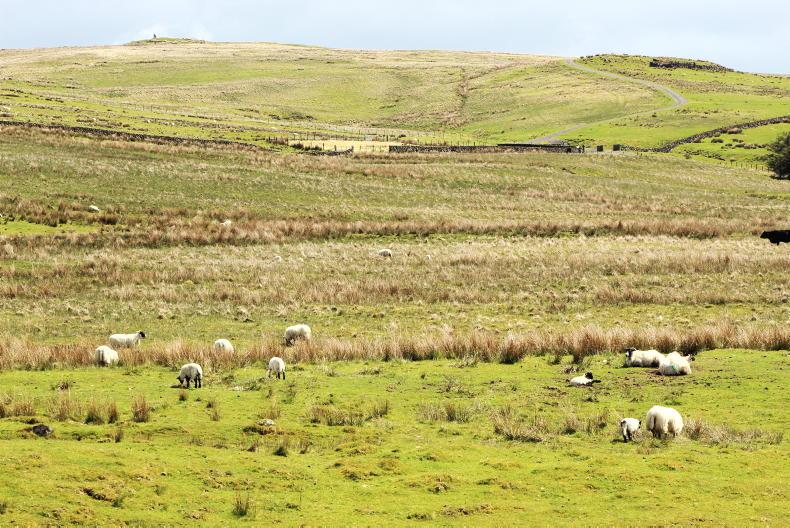
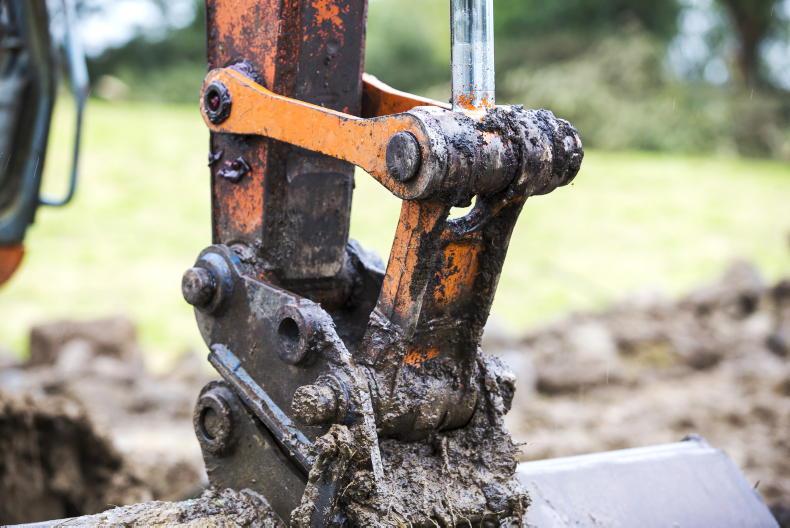

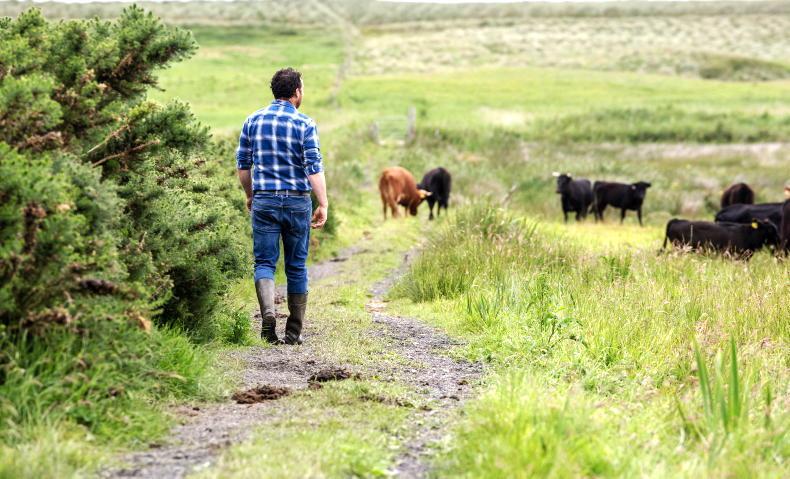
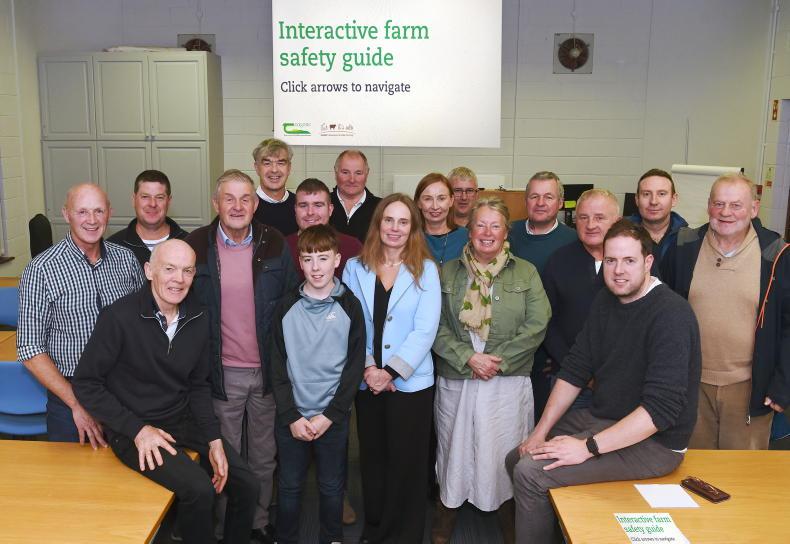
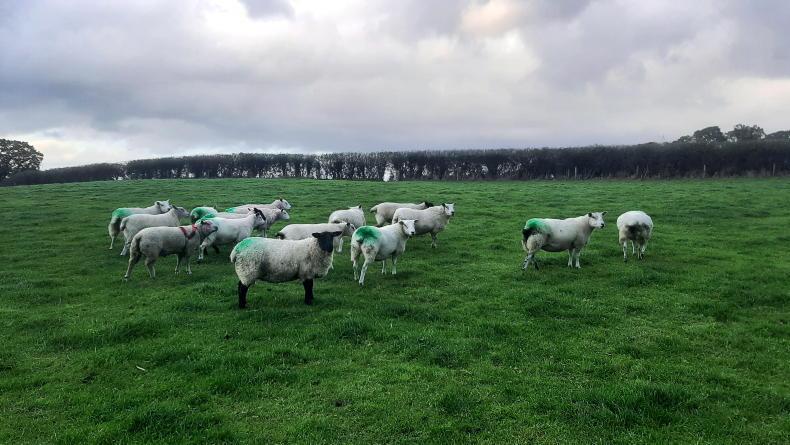
SHARING OPTIONS